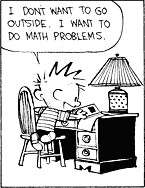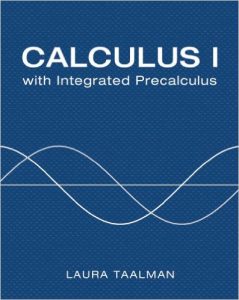First day of class! Today we’ll get to know each other, make sure you’re all in the right class, discuss the goals of the course, and even have a chance to do a little math. If we have time at the end then we’ll take a visit to the Math and Science Learning Center.
// Before class
- Make sure that MATH 231 is the correct class for you. You should be in MATH 231 if your Calculus Placement Score is between 18 and 29 and you are a potential Math or Science major but not a Biology major. Biology majors should take MATH 233E instead of MATH 231.
- Make sure that you are registered for the correct section of MATH 231: Section 03 at 9:05-9:55 MWF, or Section 04 at 10:10-11:00 MWF.
- If you are on the wait list for Section 03 or Section 04, then you are welcome and encouraged to attend class while you wait for a slot to open.
// During class
- Are you in the right class?

- Hello and introductions/goals
- Class roll call
- Fill out the information form, then swap and share a few
- Laura’s goals for the course
- Homework logistics
- Setting up your Homework Notebook
- Add your info to the Study Group Finder spreadsheet (optional)
- Then request access to the spreadsheet so you can find people to study with
- Group activity – Sketching slope functions
- Work at the board
- Review and choose solutions for photos
- Field trip to the JMU Science & Math Learning Center
// From the board
- Here is one group’s solution to the slope function sketching problem from the end of class. The green graph is the original, and the black graph is its associated slope function. Notice that approximate slopes are labeled along the green graph; these slopes are then used to plot the heights of the black graph. In Chapter 2 we’ll revisit this type of problem when we study derivatives.

// After class
- Get a spiral or otherwise bound paper Notebook for this class.

- If you haven’t already, get the textbook: Calculus 1 with Integrated Precalculus by Taalman. You can get it used or new or maybe even rented, as long as it looks like the picture on the right.
- From the textbook, read the following three review sections:
- Section 0.1: Numbers and Sets
- Section 0.2: Equations
- Section 0.3: Inequalities
- Take notes from these three sections in your Notebook. You will be able to use these notes in the Daily Quiz at the start of Wednesday’s class.
- Look over the homework problems for these three sections of the textbook, and get a sense for which problems you think you might want to ask about in class.
- If you’re in MATH 199, then log into and start MyMathTest right away; get qualified to attempt at least one Gateway Test by Friday’s proctored session.
- Come to Wednesday’s class with your Notebook and ready to:
- Take a 5-minute Daily Quiz on Sections 0.1, 0.2, and 0.3 at the start of class,
- List specific questions about the reading and examples from these three sections, and
- Suggest types of homework exercises for class group work.